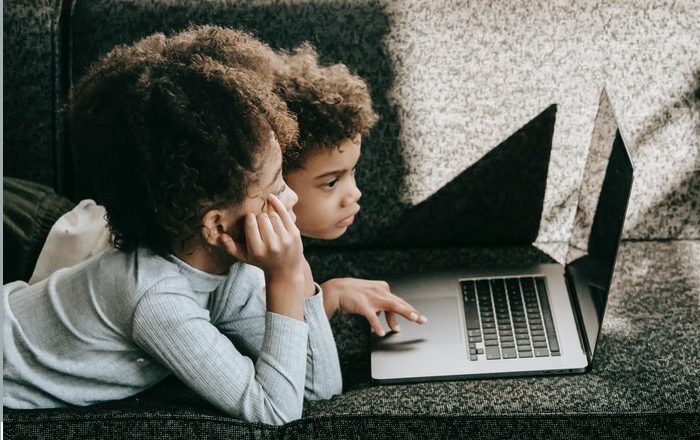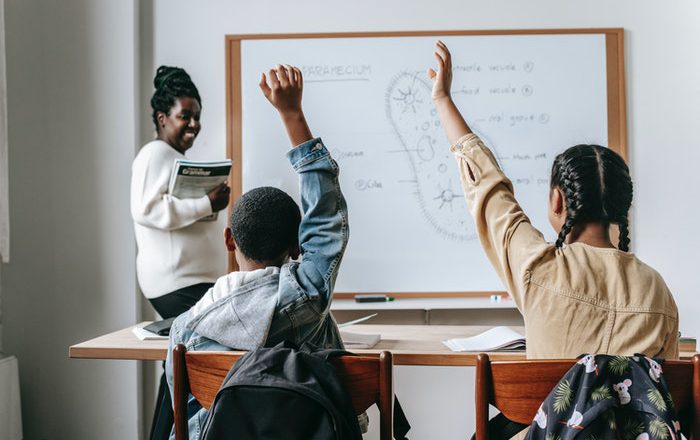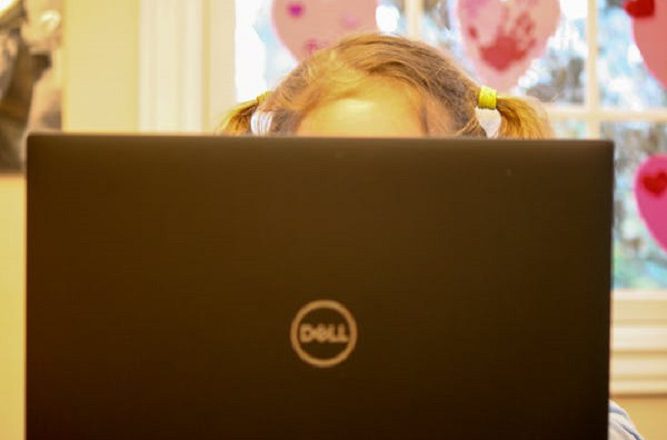Mobile technology may support kids learning to recognize emotions in photos of faces
The big idea
An essential social skill is understanding emotion. Children learn about emotion even before language by paying attention to a caregiver’s face. Watching people around them provides children with essential facts for survival: Who will love me? Whom should I be scared of?
These days everyone’s seen infants and toddlers, and their parents, with screens in their faces. So how could little ones be getting the critical in-person, face-to-face interaction they desperately need in those early years?
Yet in today’s world, just about everyone uses devices to communicate with others, even face to face. Toddlers learn from video chatting with their grandparents, and teens devour image-driven social media on platforms such as Instagram and Snapchat.
What if, rather than stunting the em...






